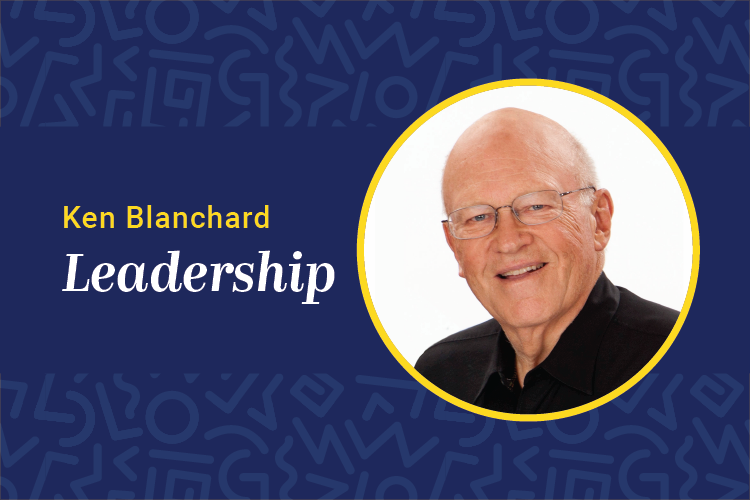
In the old days, command-and-control managers made all the decisions and oversaw people’s tasks. These days, managers can no longer tell people what, when and how to do things.
The 21st century workforce demands a more collaborative work environment and more work-life integration. Further, advances in technology are decentralizing the workplace. More people are working remotely and using cloud-based tools to move projects forward. Things are changing so rapidly; direct reports often know more about their work than their managers do.
In this collaborative, decentralized environment, training people to become self-leaders — team members who set priorities, take initiative, and solve problems — is more important than ever.
Fortunately, self-leaders can be developed. Self-leadership is not a rare ability reserved only for the Mark Zuckerbergs and Oprah Winfreys of the world. It is a mindset and skill set that can be taught. In “Self Leadership and the One Minute Manager,” Susan Fowler, Laurie Hawkins and I discuss three primary skills people need for self-leadership: learning to challenge assumed constraints, using your points of power and getting what you need to succeed.
Challenge assumed constraints. An assumed constraint is a belief based on past experience, which limits new experiences. For example, when he challenged the assumed constraint that severe physical disabilities would limit his career, Stephen Hawking used his knowledge and personal power to become one of the most celebrated physicists in history.
Or, consider the case of the Nordstrom sales associate whose customer requested a perfume for his wife’s birthday that the store didn’t carry. The associate said, “I’m sorry, we don’t sell that perfume. But I know where I can get it in the mall. How long are you going to be in our store?”
“About 30 minutes,” he said.
Rather than accept the assumed constraint of not having the right inventory, the associate went to another store, purchased the perfume the customer wanted, came back to Nordstrom, gift wrapped it, sold it at cost — and made a raving fan customer.
Use points of power. The second skill of self-leadership is learning to use points of power — whether it’s knowledge power, personal power, relationship power, task power or position power.
For example, many people assume that because they do not have direct authority or position power, they cannot be leaders or influence outcomes. Believing that you can’t make a decision or take initiative because it’s not specifically spelled out in your job description is an assumed constraint.
People can tap into several different points of power, and those who do sometimes change the world. Mother Teresa — a minority Albanian who spoke broken English — did not begin her amazing career with a high position and authority within the church. She used her personal power to achieve her goal of bringing dignity to the destitute. Fame and success followed.
Get what you need to succeed. This third self-leadership skill requires that people learn to diagnose their own development level. If people don’t have the tools, skills and competence to do a specific task or solve a specific problem, they need to ask for direction — someone to show them how. If people doubt themselves and are wavering on their commitment to do the job, they need to ask for support — someone to cheer them on.
To give you a personal example, in recent years I realized I needed help with my diet and exercise routine. While I thought I knew about nutrition, aerobic exercise and strength training, my knowledge and good intentions hadn’t produced good results. Why? Because I needed direction to develop the skills to stay fit. I also needed support — in the form of a coach — to keep my commitment. The willingness to look inside, assess your shortcomings, and ask for help is the hallmark of a self-leader.
A culture that fosters self-leadership is a characteristic of great organizations. By training people to develop into self-leaders, organizations become more customer driven, cost effective, innovative, fast and flexible. They have mastered a key best practice: making sure that leadership happens everywhere, not just in the C-suite.
Ken Blanchard is chief spiritual officer of The Ken Blanchard Cos. and co-author of “Collaboration Begins with You: Be a Silo Buster.” Comment below, or email editor@CLOmedia.c.om.















